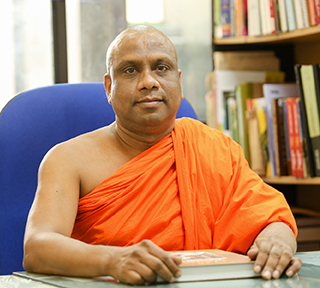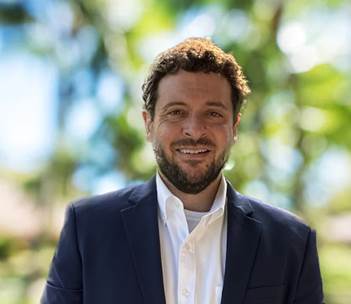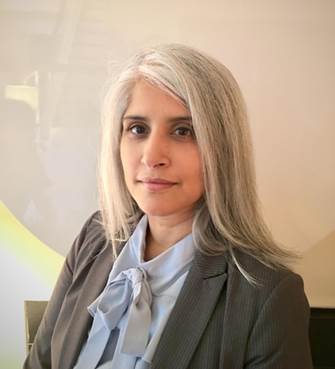Rev. Dr. Kapugollawe Anandakiththi, Justin Henry PhD, and Divya Kumar-Dumas, PhD speak on "Sigiriya: The Convergence of Landscape, Art, and Public Poetry at Sri Lanka's "Lion Rock"
Friday Forum Lecture Series:
Sigiriya: The Convergence of Landscape, Art, and Public Poetry at Sri Lanka's "Lion
Rock"
Friday, 13 September 3:30pm
Howe Russell W130
Abstract of Talk
Sigiriya, the “Lion Rock” of Sri Lanka’s north-central dry zone, is an arresting landscape feature (an “inselberg”) upon which an elaborate complex was constructed in the 5th century, with this structure today prized as a UNESCO World Heritage site and engineering marvel of the ancient world. Legended to have been the defensive fortress-cum-“pleasure palace” of King Kashyapa I, much of Sigiriya’s past remains shrouded in mystery. The impressions of early visitors to the site—enshrined in poems dating to from the 6th to 13th centuries etched onto Sigiriya’s “mirror wall”—offer snapshots into the tradition of storytelling surrounding King Kashyapa and his palace, significant also as some of our earliest attested vernacular poetry in South Asia. In this seminar, Justin Henry, Rev. Kapugollawe Anandakiththi, and Divya Kumar-Dumas will offer reflections emerging out of their recent work retranslating selections from the “Sigiri Graffiti,” including reflections on the significance of poems autographed by men and women from all walks of social life, as well as on tensions at play in the dueling sentiments between Buddhist monastics and lay people as they describe the opulence and sensuality of the location. The speakers will explain the place of this translation work within a broader project hosted by LSU involving an immersive, open-access, virtual reality reconstruction of Sigirya for public educational use.
Speaker Biographies

Rev. Dr. Kapugollawe Anandakiththi is Senior Lecturer in Linguistics at University
of Kelaniya, Sri Lanka. He has published on aspects of Sinhala and Marathi phonology,
morphology, and grammar. He is working on a project that taps indigenous knowledge
of Mars-context serpentinite geology across a ~550 Ma old geologic suture of Sri Lanka
through the use of text-critical analysis, linguistic anthropology, and computational
linguistics. He obtained his B.A. (special) at the University of Kelaniya, Sri Lanka
(1998); M.A. and Ph.D. at the Deccan College Postgraduate Research Institute, Pune,
India (2014). Meanwhile, his curricular training in monkhood in Sri Lanka exceeds
40 years, starting with ordainment at the historic Seruvila Mangala Raja Maha Vihara.
He completed his higher ordination at the Sri Swarna Shaila Bimbaramaya, famed for
the founding of Jinalabdhi Vishodaka in 1869, the first k-12 school to introduce Buddhist
ethics training.

Justin Henry is currently the Bhagwan Padma Prabhu Endowed Assistant Professor in the Department of Religious Studies at the University of South Florida. His first book, Ravana's Kingdom: The Ramayana and Sri Lankan History from Below (OUP, 2022), examines the historical development of legends relating to the Ramayana – the famed Hindu epic – among Sinhala and Tamil speakers in Sri Lanka, including the relevance of these stories in 21st century popular culture and political life. His ongoing work, including that on Sigiriya, continues to focus on the gestation of historical narrative in the public imagination through inter-generational storytelling in South Asia, including its reception in the present day and importance for Humanities education, politics, and civic life.

Dr. Divya Kumar-Dumas (NYU Institute for the Study of the Ancient World) is a historian of art and architecture who specializes in the designed landscapes of first millennium South Asia attested in archaeology and text. Influenced by methods from studies of word and image, gardens and landscapes, landscape and garden archaeology, cultural and oral history, and folk and traditional arts, she treats landscapes as conceptually driven architectural projects of the past and invitations to experience a place over its long, layered afterlife. She holds a BA in History from Yale University, an MA in Landscape Design from George Washington University, and a PhD in South Asia Studies from the University of Pennsylvania with a dissertation about two well-known archaeological sites read as designed landscapes from their visitor records and archaeological traces.